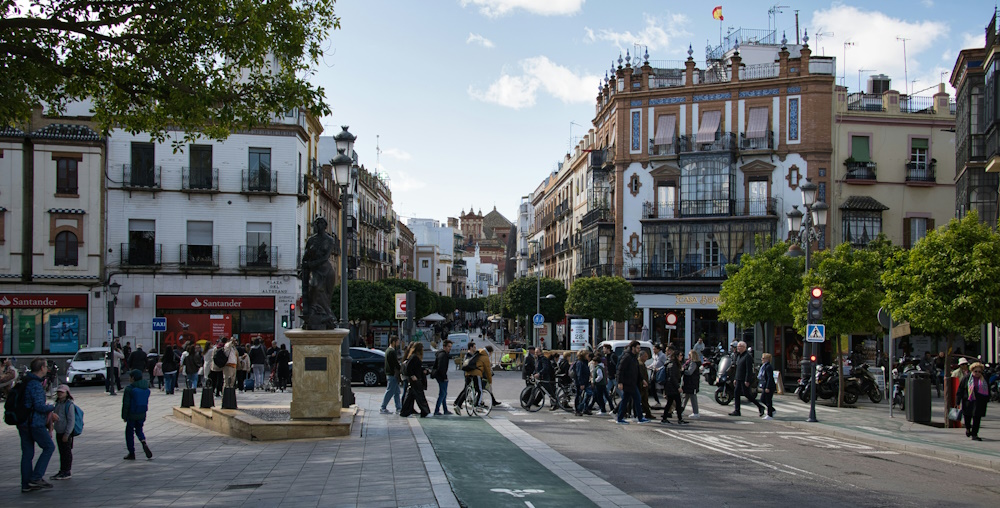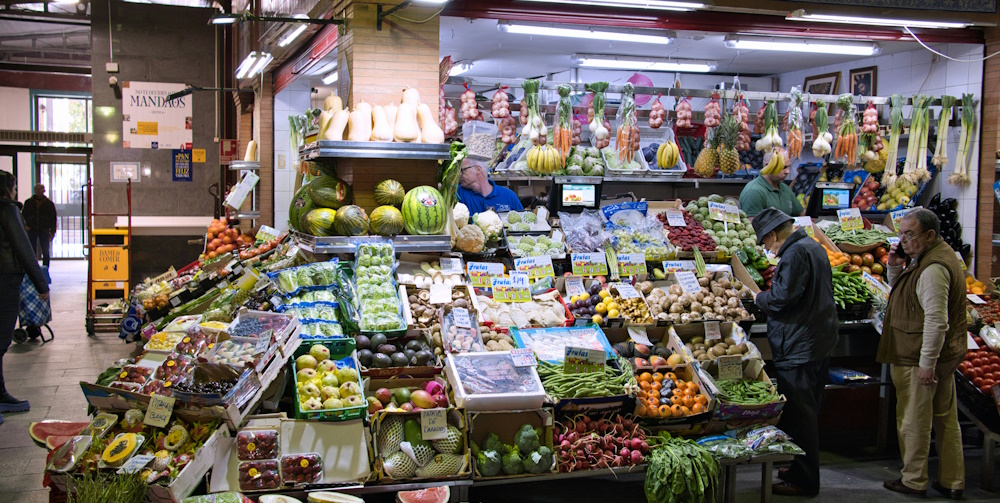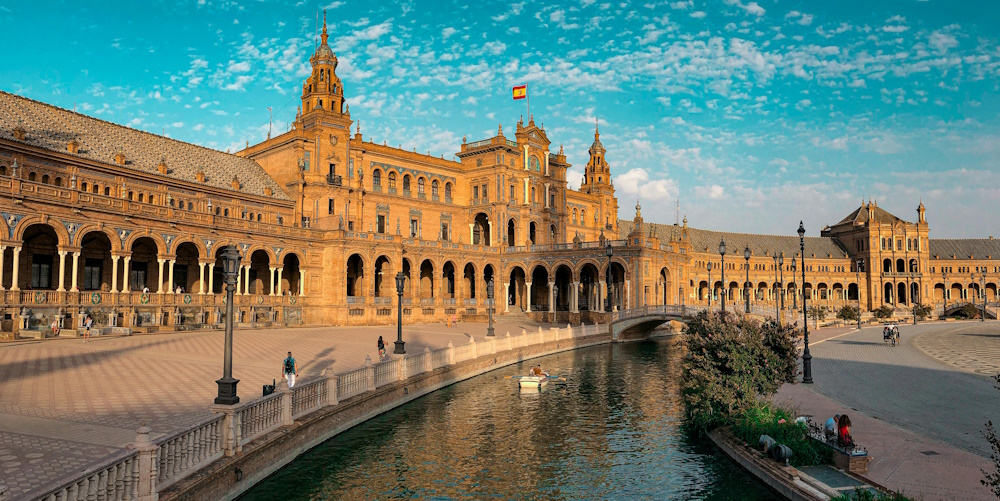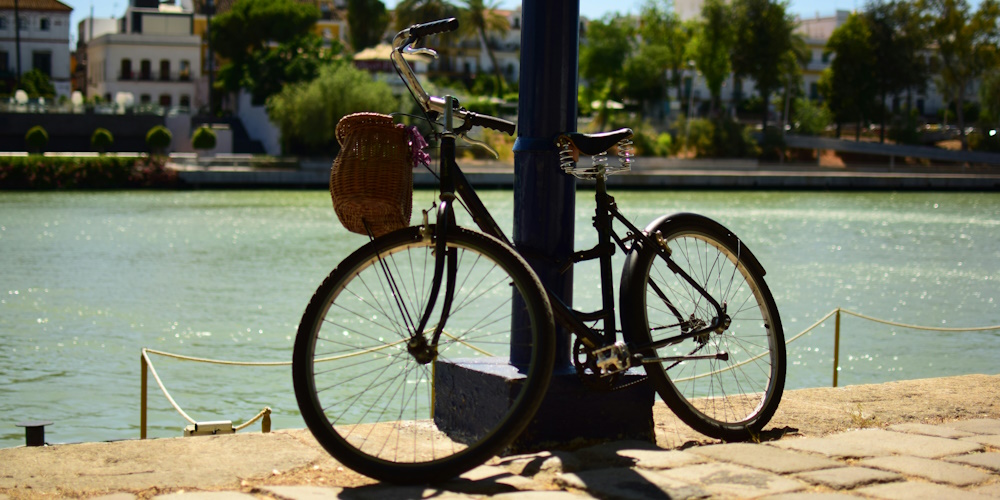Living in Seville as an expat
Lying in the south of Spain on the Iberian Peninsula, Seville is the vibrant capital of Andalusia, known for its stunning blend of history, culture, and year-round sunshine. Moving to Seville offers you the chance to soak up everything Spain is famous for – delicious tapas, lively festivals, and the hypnotic rhythms of flamenco.
Living in Seville gives you a taste of authentic Spanish life, with its rich culture and fascinating heritage. The city centre is dotted with medieval monuments, from the towering Seville Cathedral and La Giralda to the exquisite Royal Alcázar, showcasing a mix of Gothic, Moorish, and Renaissance influences. The lively plazas and cobbled streets of Seville are filled with bars serving tapas and flamenco venues, where you can immerse yourself in Spain’s most iconic music and dance.
Although Seville is one of Spain’s largest cities – and the largest in the Andalusia autonomous community – it retains a close-knit, friendly atmosphere that’s easy to navigate. Thanks to the welcoming nature of locals, you’ll quickly feel at home. But it’s not just about tradition here; the city has been undergoing modern developments, with an expanding metro system, new cultural centres, and a growing emphasis on sustainability.
Pros and Cons of Moving to Seville
Working in Seville
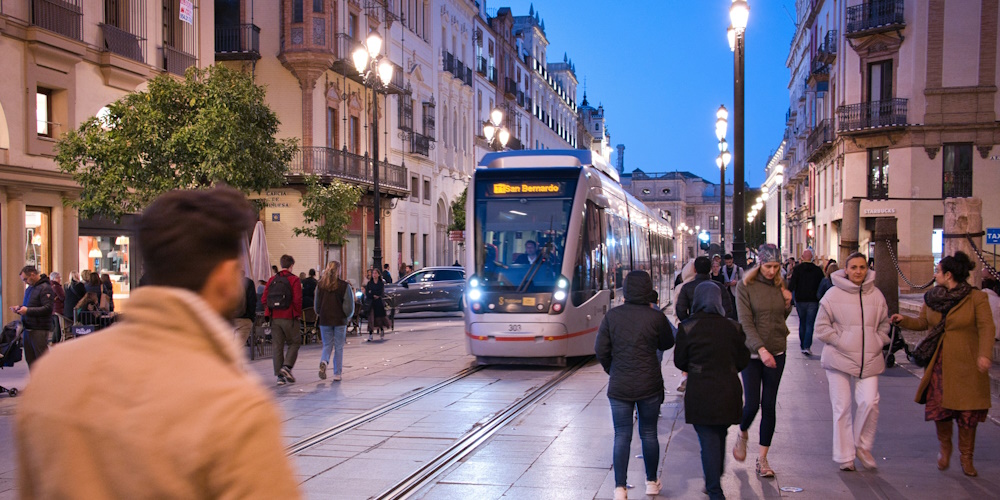
Working in Seville presents a unique blend of opportunities, especially if you’re in industries like tourism, technology, or aerospace. Seville is a thriving economic hub, home to innovative sectors like aeronautics, technology, and biomedicine. If you’re an architect, entrepreneur, or tech professional, you’ll find Seville fertile ground for new ideas.
While salaries in Seville tend to be lower compared to Madrid or Barcelona, the cost of living is also much more affordable. Many expats in Seville work in education, particularly as English teachers, or within the burgeoning tech scene. Fluency in Spanish is usually essential for most roles, especially customer-facing jobs.
EU citizens will find the visa process straightforward, but you’ll need a work permit if you're from outside the EU. Be prepared for this to take some time. The process can last several months, so planning ahead is best if you’re eyeing Seville for work.
Working in Seville
Business Culture in Spain
Cost of living in Seville
The cost of living in Seville is refreshingly low, especially compared to other major European cities. Housing, utilities, and everyday groceries are far more affordable than in Madrid or Barcelona. This makes Seville an attractive destination, particularly if you’re looking to enjoy an exciting urban life without breaking the bank.
Public transport is efficient and affordable, and monthly passes are available for regular commuters at reasonable prices. Dining out is also wallet-friendly, with plenty of great spots to grab tapas or enjoy a three-course meal without spending a fortune.
Lifestyle in Seville
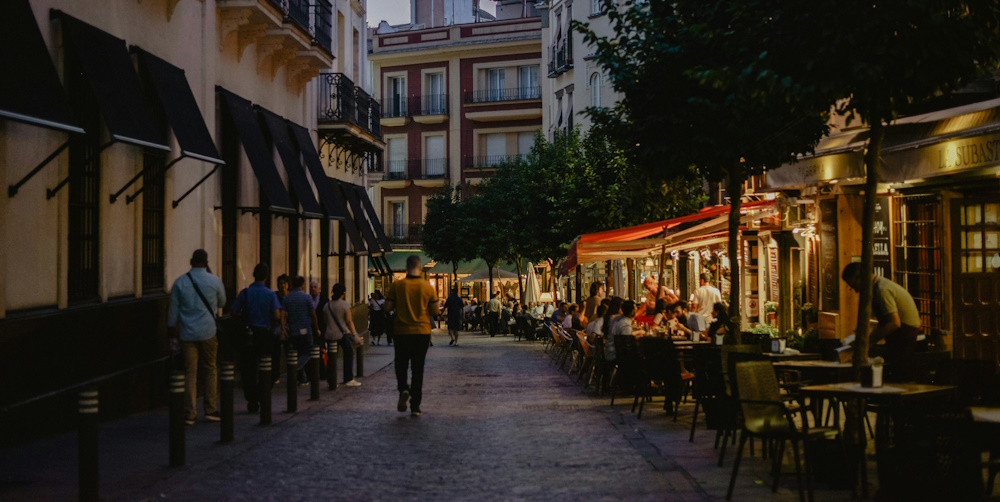
The lifestyle in Seville is a blend of rich traditions and modern vibrancy. This Andalusian city is known for its proud heritage, and locals uphold customs that give Seville its unique charm. From its midday siesta to its quiet Sundays, the slower pace of life may be surprising at first, but you’ll soon come to love these moments of relaxation.
Seville’s social scene is energetic, offering plenty of opportunities to connect. Locals enjoy meeting for tapas and drinks in the city’s many open-air squares, and you’ll often find spontaneous gatherings in the streets, especially during the city’s famous festivals. The café culture here is strong, and enjoying a coffee in the sunshine is a quintessential part of daily life.
As the evening sets in, the city’s nightlife comes alive. Whether you prefer a quiet evening of tapas or a night out at one of Seville’s lively clubs, there’s something for everyone. The mix of traditional flamenco performances and modern bars creates a lively yet authentic atmosphere. Life in Seville is all about enjoying the moment, and the warm evenings are perfect for socialising until the early hours.
Living in Seville with children
Moving to Seville with children offers a wonderful family-friendly environment where kids are warmly embraced in everyday life. The city’s lifestyle revolves around family, with parks, playgrounds, and recreational spaces scattered throughout.
Seville also hosts a variety of cultural and educational activities designed for younger audiences. Many museums and cultural centres offer workshops aimed at sparking creativity and learning in children.
Finding a school in Seville
When it comes to education, Seville offers a variety of schooling options to suit different needs. Public schools are free but may have larger class sizes, while private and international schools provide smaller classes and more personalised attention. Many international schools follow globally recognised curricula like the International Baccalaureate (IB) and teach in English, catering for expat families.
Bilingual and multilingual education is also widely available in Seville. Some schools offer English-Spanish bilingual programmes, while international schools often include languages like French or German in their curriculum.
Education and Schools in Spain
Finding accommodation in Seville
.jpg)
Accommodation in Seville offers a variety of options, catering for all tastes and budgets. Popular areas like Triana and Los Remedios provide a mix of traditional Andalusian charm and modern conveniences, making them favourites for expats.
If you’re seeking a more upscale lifestyle, Nervión or Santa Cruz are ideal, offering proximity to shopping centres and historic landmarks. For younger professionals and students, neighbourhoods like Alameda or La Macarena offer affordable options with a more Bohemian vibe and easy access to trendy bars and restaurants.
When renting in Seville, it’s important to budget carefully and be prepared with the necessary documents. The housing market, particularly in desirable areas, can be competitive. Many properties require a deposit of one to two months’ rent, proof of income and references. Be sure to negotiate rental terms and understand the full scope of the lease, especially regarding utilities and maintenance costs.
Accommodation in Seville
Areas and Suburbs in Seville
The Rental Process in Spain
Climate in Seville
Seville’s Mediterranean climate is characterised by long, hot summers and mild winters. During the peak of summer, temperatures often soar above 40°C (104°F), making it one of Europe’s hottest cities. To cope with the extreme heat, locals usually schedule outdoor activities in the early morning or late evening, avoiding the intense midday sun.
Winters, by contrast, are pleasantly mild, with temperatures hovering around 16°C (61°F), providing the perfect weather for enjoying outdoor activities.
Seasonal changes in Seville are distinct. Spring and autumn offer a welcome balance, with warm, sunny days ideal for exploring the city’s parks and historic landmarks. The extreme summer heat can affect daily life, from the timing of social activities to work schedules, but the locals’ adaptation to this rhythm is part of Seville’s unique charm.
Living in Seville allows you to enjoy an authentic Andalusian lifestyle, combining rich history, an exciting social scene, and an appealing climate. Whether you’re drawn to the lively festivals, job opportunities, or simply the warm weather, Seville offers a welcoming and exciting place to call home.
